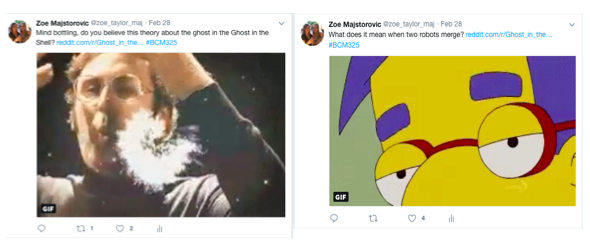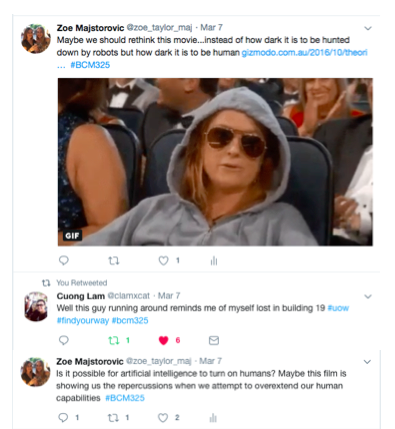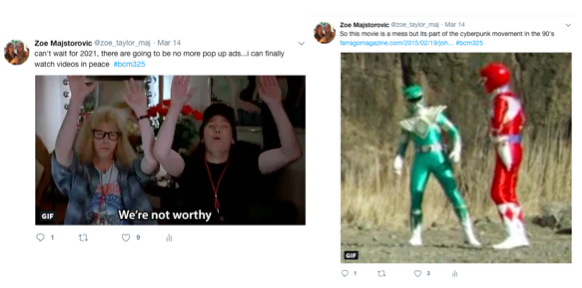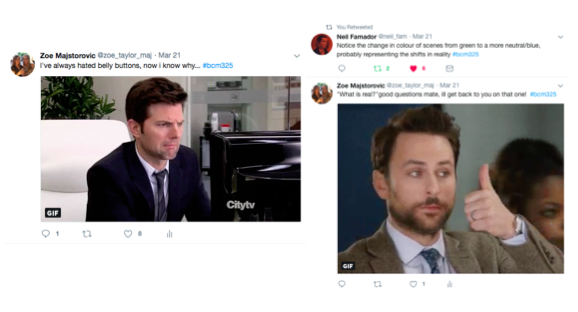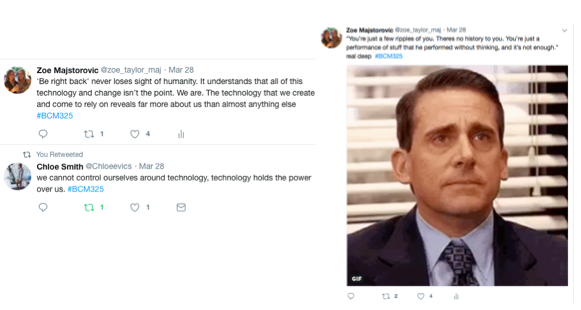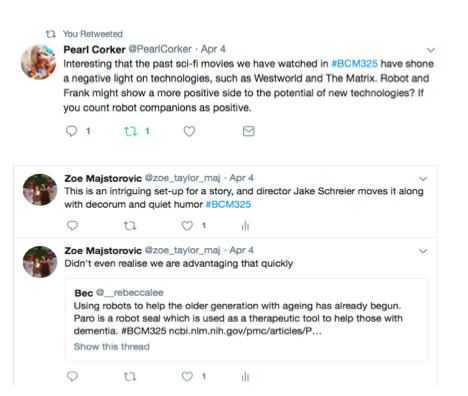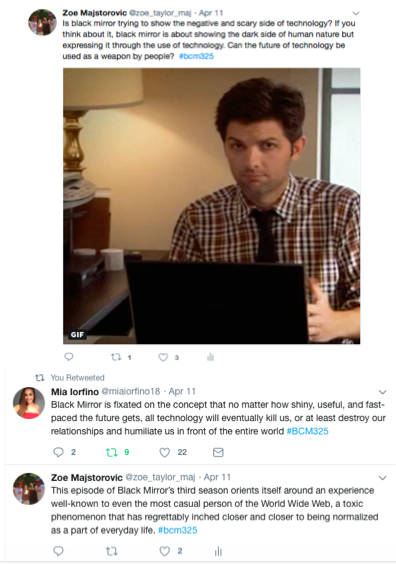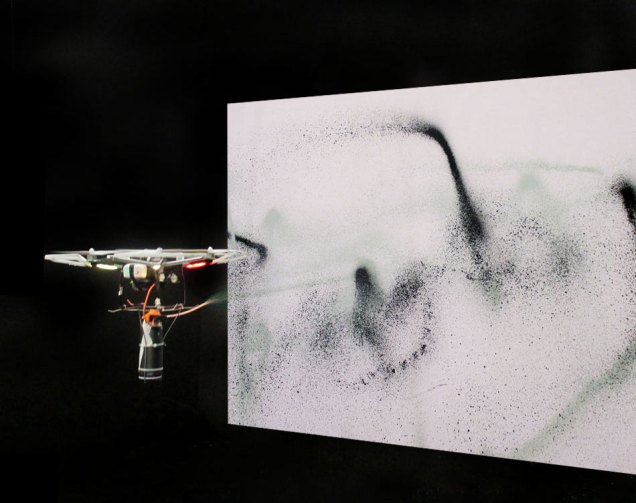The term of cybernetics began its rise to popularity in 1947 when Norbert Wiener used it to name a discipline apart from touching, but to establish disciplines as electrical engineering, mathematics, biology, neurophysiology and psychology. Wiener needed a name for their new discipline, and he adapted a Greek word meaning “the art of steering” to evoke the rich interaction of goals, predication, actions, feedback and the response in systems of all kinds.
Early applications in the control of physical systems (aiming artillery, designing electrical circuits and simple robots, like drones) clarified the fundamental roles of these concepts in engineering, but the relevance to social systems and the softer sciences was also clear from the start. Many researchers from the 1940s through to the 1960 worked solidly within the tradition of cybernetics without the necessarily using this certain term.
When working to originate the functional models common to many systems, early cybernetic researchers quickly realized that their science of observed systems couldn’t be separated or disconnected from an observing system- as it is we who observe. The cybernetic approach is centrally concerned with this inescapable limitation of what we can know, our own subjectivity.
In 1948 Norbert Wiener published his book Cybernetics. In this book Wiener made references to an 1868 article by a British physicist on governors and pointed out that the term governor is derived, from the same Greek word that gives the rise to cybernetics. This book marked the birth of cybernetics as independent science.
Wiener was a mathematician and philosopher that took creativeness from the radar operator and the relationship between the user, the screen, the technology and the district of space in which these properties were operating in a network. His works on anti-aircraft technology led to the formulation of the principle of cybernetics, which later influenced the creation of robotics, computation and automation.
Although Weiner’s work help create the first designs for self guiding rockets, which are able to respond and to be programmed to negotiate the environmental conditions through a series of feedback. Weiner innovation was to arrange and construct a system that enables self-correcting actions. This self-correcting action would include the machine of the rocket automatically adjusts its velocity, direction and speed, allowing the rocket to match a certain target.
Ironically, AI and cybernetics have each gone in and out of style and influence in the search for machine intelligence. Cybernetics started in advance of AI, but AI dominated between 1960 until 1985, although there were repeated failures to achieve its claim of building “intelligent machines” finally caught up with it. These difficulties in AI have lead to renewed search solutions that could mirror prior approaches of cybernetics.
References:
2018. Pangarocom. [Online]. [31 May 2018]. Available from: http://www.pangaro.com/definition-cybernetics.html
2018. Encyclopedia Britannica. [Online]. [31 May 2018]. Available from: https://www.britannica.com/science/cybernetics
